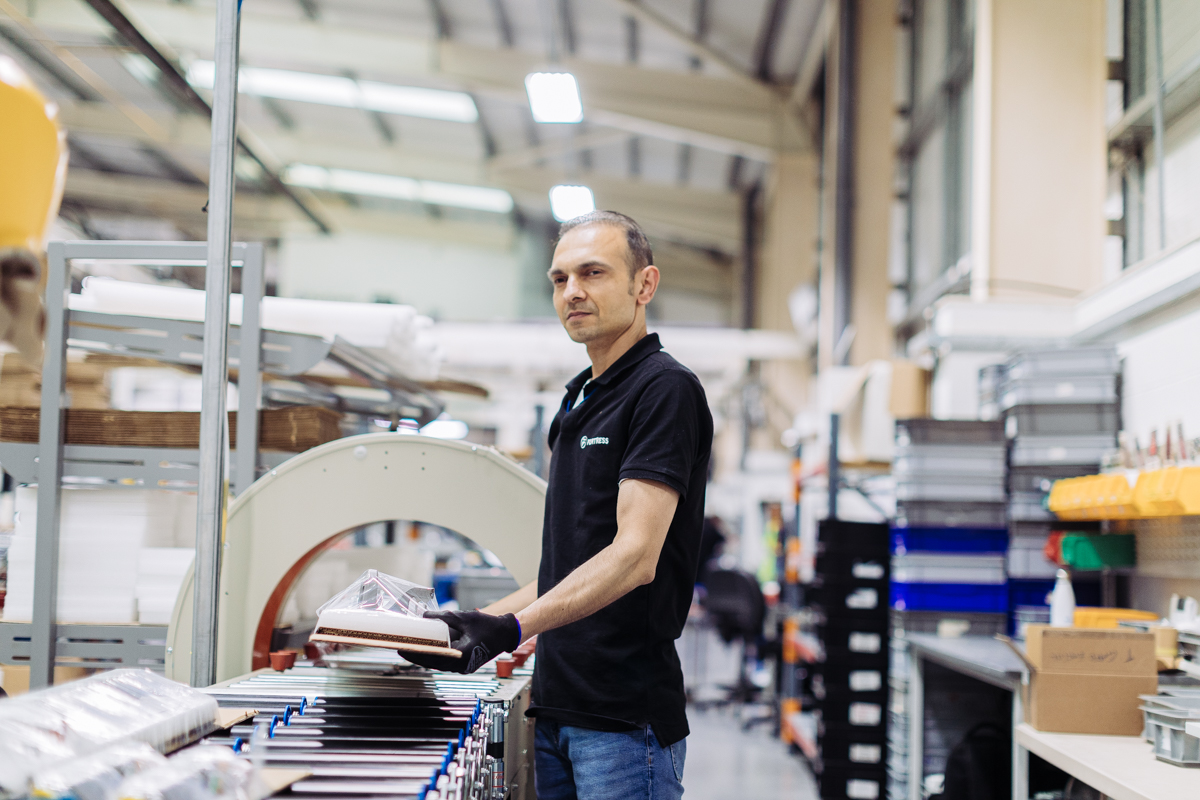Fortress Safety prides themselves on manufacturing robust and reliable industrial safety products, protecting people working in hazardous workplaces. Their devices control access into potentially dangerous areas, ensuring they are safe before anybody can enter. Always searching for ways to reduce their carbon footprint, sustainability is embedded into the Fortress culture; Operations Director, Wes Goddard, and Environmental, Health & Safety Officer, Dave Saunders, are instrumental in ensuring that sustainability remains at the forefront of their operations, driving initiatives that align with the company’s long-term targets.
100% Renewable
Today, 100% of electricity at Fortress Safety globally comes from renewable sources. In March 2019, a project began to install solar panels in the UK office, with a projected 25-year cumulative saving of over £277,000. The project was completed on 29th January 2021 and now on average, 22.5% of electricity used in the UK is solar powered. Since this milestone, Fortress has continued to successfully replace all remaining electricity sourcing with renewables worldwide. Starting in December 2023, the US site has been purchasing renewable energy credits, which are tradable commodities to prove 1 MWh of electricity was generated from a renewable energy resource and was then fed into the shared system of power lines that transport energy.
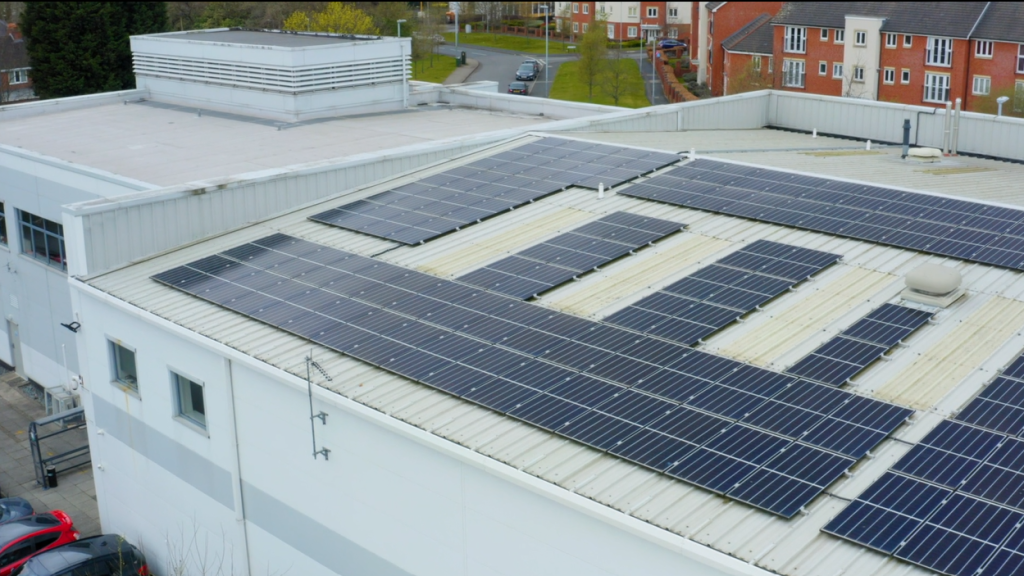
In addition to everyday building operations, Fortress’ renewably sourced electricity also powers sixteen electric vehicle charging points at the UK office. All UK company cars are fully electric, and Fortress offers a salary sacrifice for EVs to support sustainable travel to and from work. On average, Fortress saves 5 tonnes of CO2 per month with EV charging, which is equivalent to 2 million kilometres of travel powered by solar energy.
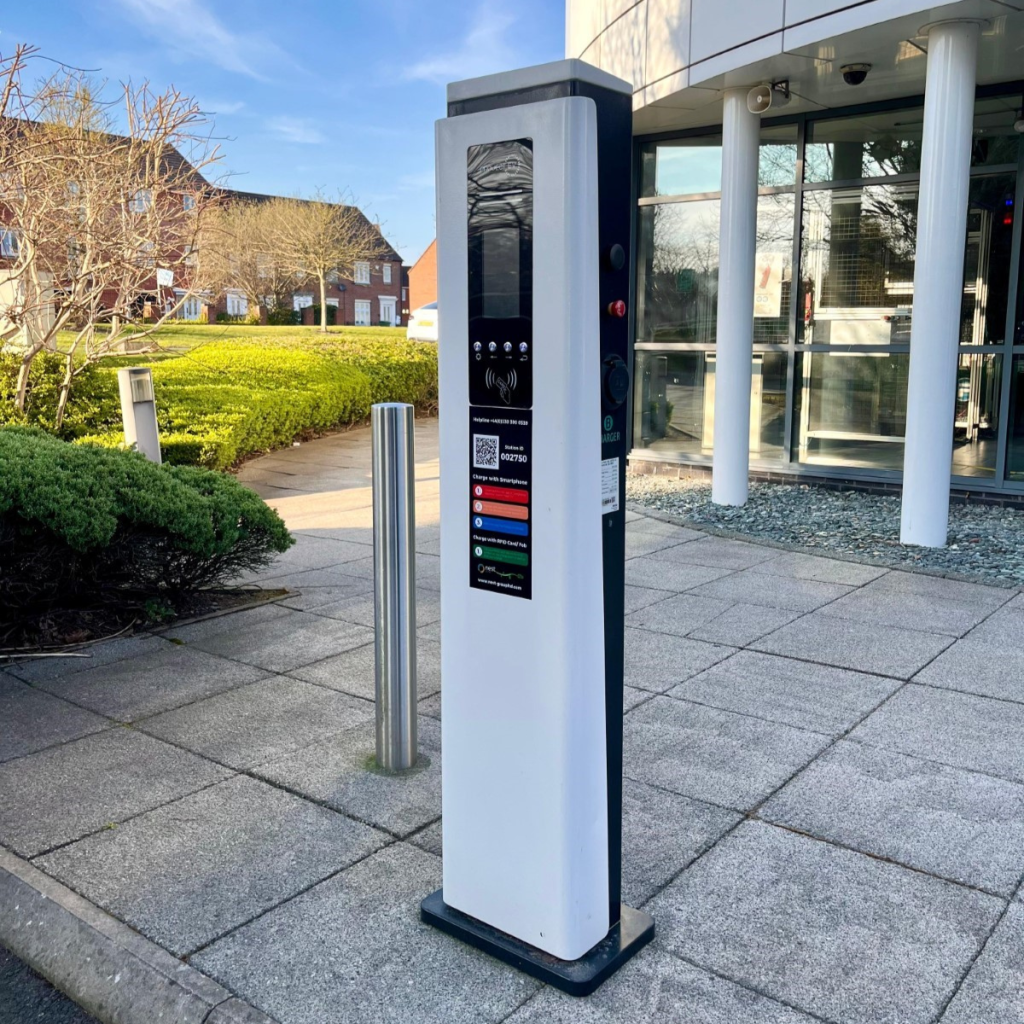
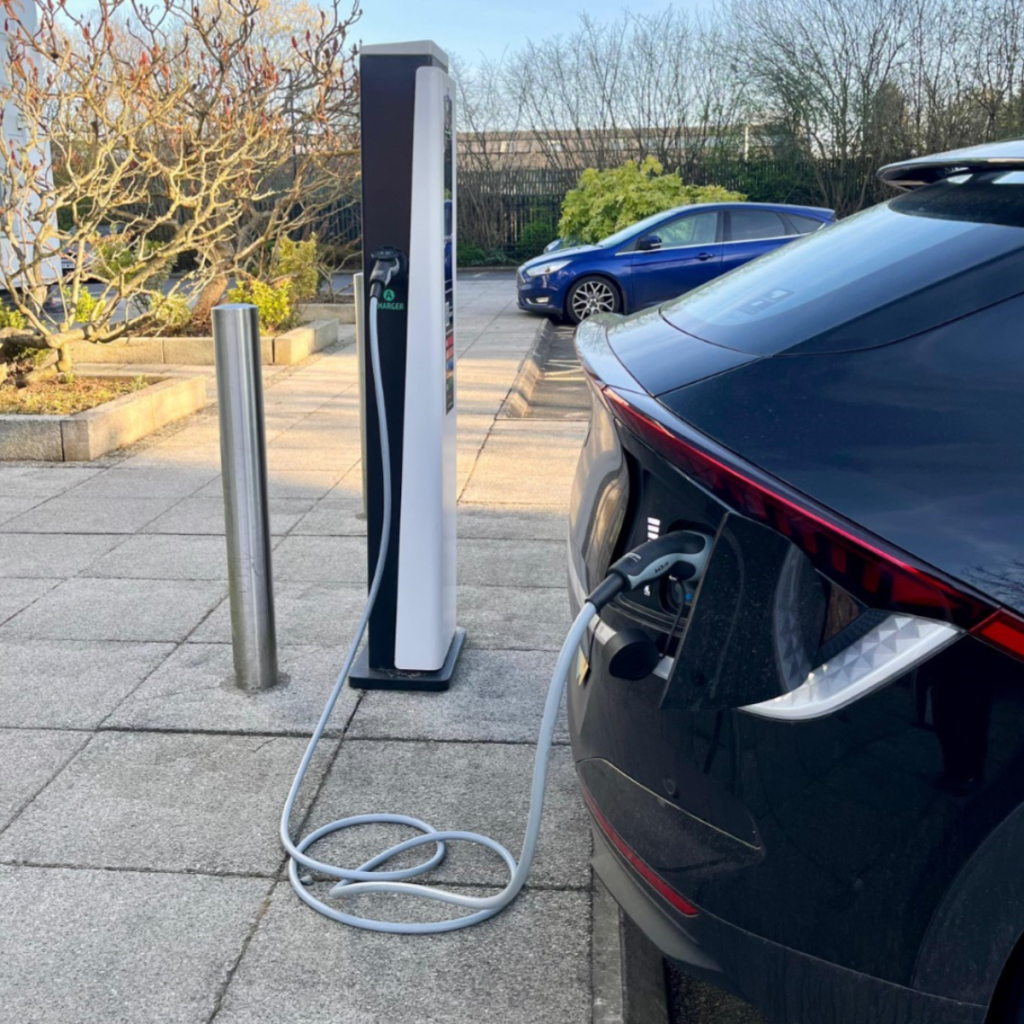
Recycling streams
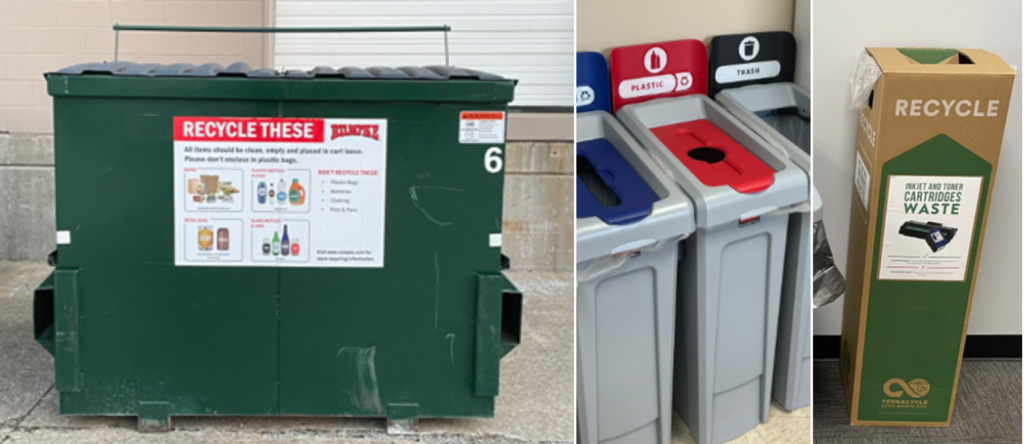
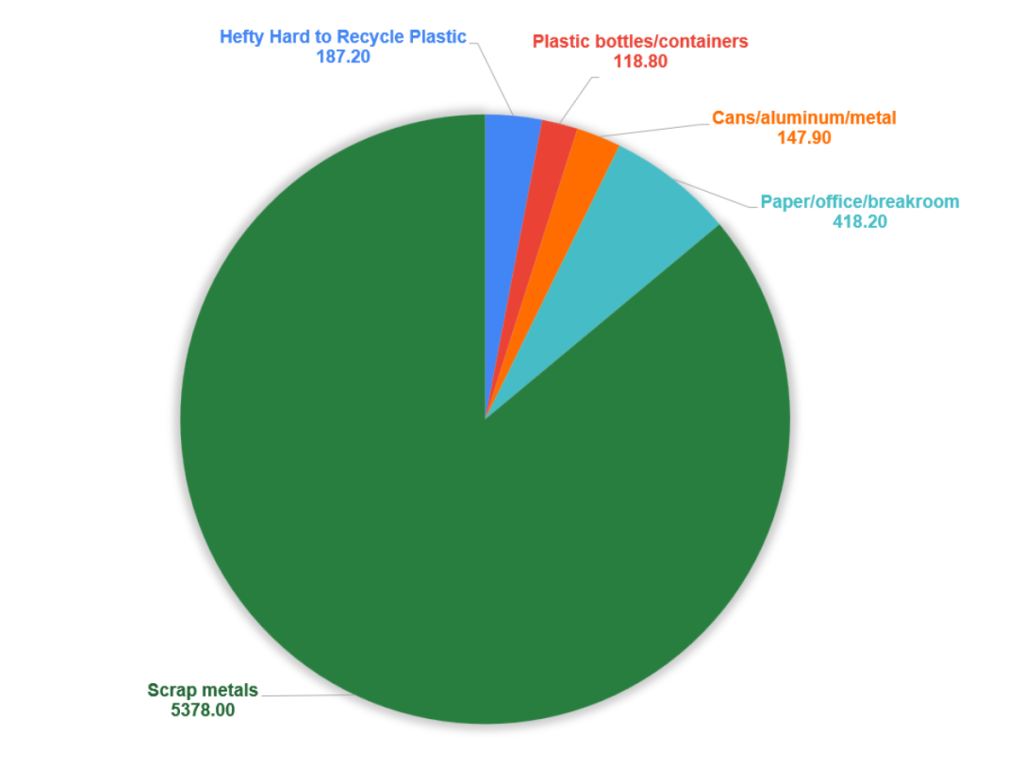
Another notable sustainability success by Fortress is their implementation of recycling streams. In the UK, 12 tonnes of CO2 was saved in 2024 from recycling initiatives, which is equivalent to 42 planted trees. Historically in the US site, 100% of the waste was going directly to landfill, but in March 2024, Rumpke Waste & Recycling, a waste solutions provider, and Hefty, a trash bag brand, launched the Hefty ReNew program in Kentucky to help communities recycle plastics. Led by the North American Head of Operations, Adam Ullrich, and supported by the shop floor team, Fortress joined the ReNew program (left) at the time of its launch in 2024, as well as introducing dedicated recycling points for metal, cardboard, aerosol, paper and electrical waste, and has since been tracking the weight of all separated recyclable waste. Printer cartridges and battery waste are disposed of in TerraCycle boxes (right) and collected as needed by TerraCycle. By the end of 2024, 187lbs of hard plastics had been saved from going to landfill, and now 30% of Fortress USA’s total waste is recycled.
Whilst this recycling system is now well established at Fortress USA, a minor challenge that comes with the implementation is that the team often need to handle a lot of material due to the small Hefty bag size. Additionally, they feel that they are lacking some conveniently located recycling stations around the site, which would make it easier and quicker for the shop floor team to dispose of different types of waste in the right place.
Managed by Oli Deakin, this 2-part project is currently in the first phase of transitioning from Mazak to aluminium for one product line, amGard, and has resulted in parts that are 56% lighter, saving 13.3 tonnes of shipping weight and 65.3 tonnes of CO2 per year. The second part of the project will make material adjustments to another product line, tGard, to further transition from primary to secondary aluminium, which is expected to achieve a CO2 reduction of 102.5 tonnes per year.
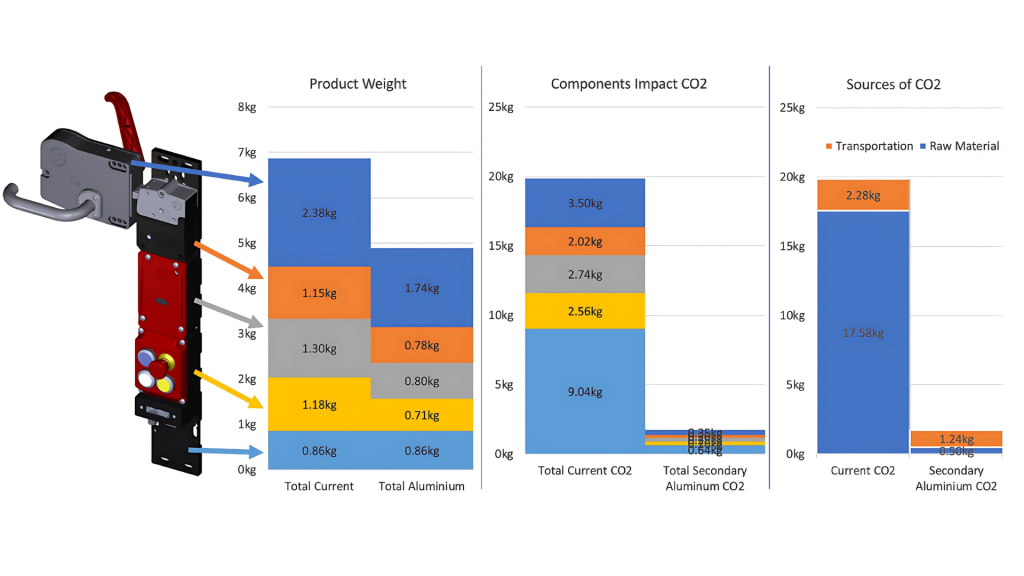
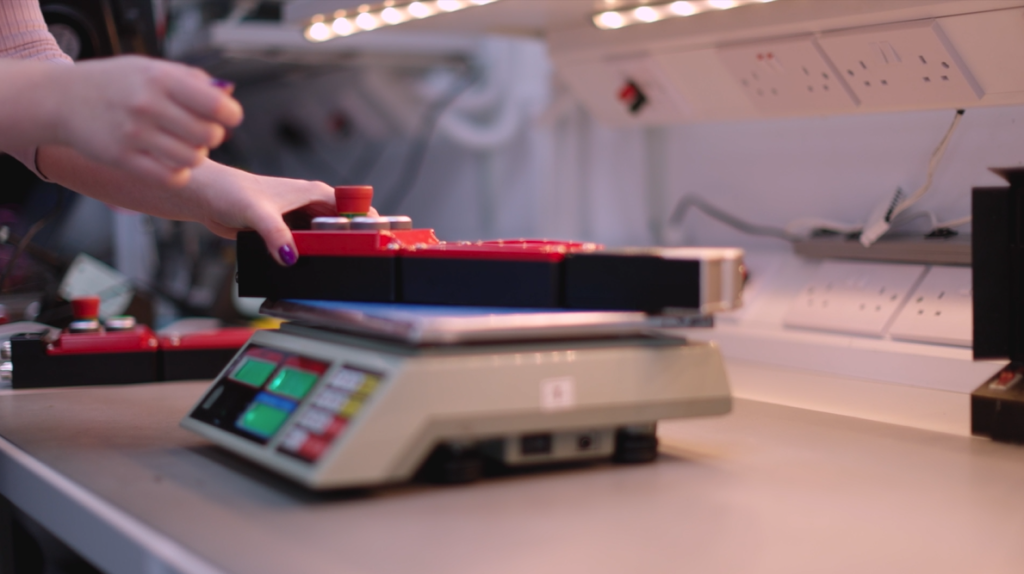
The main learning from this project so far has been during pull testing for the aluminium handle bodies; the results of this type of testing indicate that aluminium is prone to fracture and shatter compared to Mazak, which typically deforms and tears. Repeated testing of these handle bodies will be delayed to a later stage after design work and re-rating.
Upcoming initiatives
Fortress Safety are currently on target to achieve Net Zero for scope 1 & 2 emissions by 2028 and have goals for scope 3 emissions to reduce the amount of carbon produced per £ earned by 5% each year.
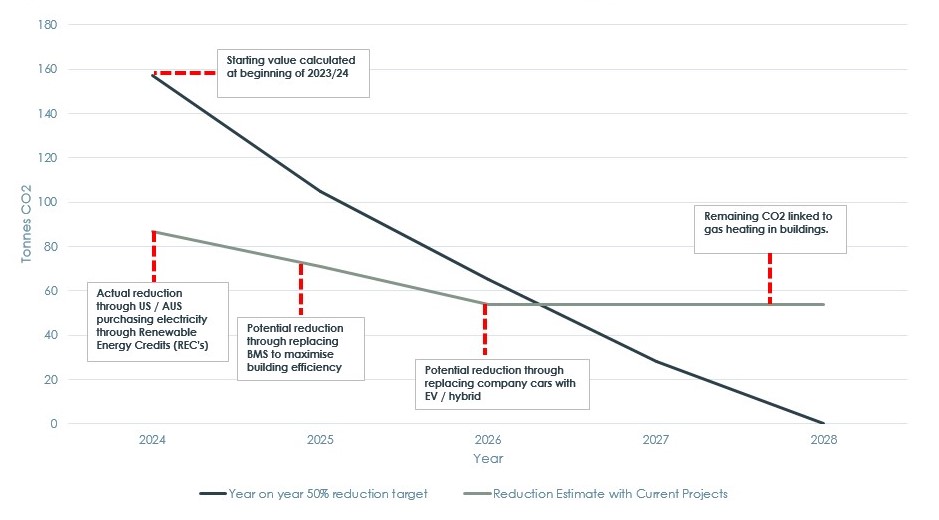
The biggest hurdle that Fortress has to overcome to achieve our ambitious Scope 1 & 2 emissions target, is the use of gas heating on site. Trials are underway to replace this with localised heaters positioned at each workstation. This localised, adjustable, solution is on schedule to be implemented by 2028.
